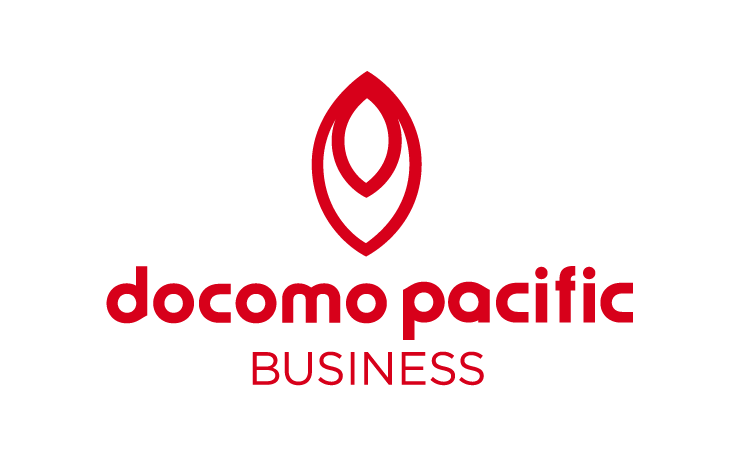These days, a business cannot function without the digital technology solutions that are widely available. The internet is essentially a utility, digital marketing is a proven tool to drive new business, cloud-based solutions provide easy collaboration for teams located in different locations ... and the list goes on.
As the world continues to move through the current technological revolution, it is not financially feasible or necessary that every business incorporates each new piece of technology that enters the market. Instead, businesses need to decide which solutions work best for their operations.
If you are unsure which solutions are best suited for your business, the following blog post will highlight the key technologies that every business owner should invest in.
1. Choose a Phone Solution
The telephone is one of the first technologies used to communicate over long distances. And, because of its real-time response, it is still one of the main modes of communication in the business world.
Here are the three types of business phone solutions, including the business sizes best suited for them:
Key System Unit (KSU)
A KSU is the most basic phone system and is well suited for a company size of 40 employees or less. Although KSUs have limitations, they are easy-to-use systems that operate on a central switching device that determines the phone line selection.
KSUs are not portable or flexible, making them ideal for smaller businesses. However, if the plan is to grow, a more flexible option is needed.
Private Branch Exchange (PBX)
A PBX is a more advanced system that uses programmable switching devices to automatically route incoming calls.
Because of the automation, PBX systems are suitable for companies with 40-plus employees. All modifications are hosted by the PBX and the switching device is not installed on-premises, so businesses can avoid installation and maintenance costs without losing any of the system’s advanced features.
Voice Over Internet Protocol (VoIP)
VoIP is one of the newer and most popular innovations in telecommunications. It is the most advanced system, allowing customers and potential clients to communicate with a phone operator in two different countries. This can happen because VoIP operates with the company’s business internet network.
Similar to PBX, the VoIP system can be hosted, allowing for less installation and maintenance, and is easily scalable whether you have five or 25 employees needing to use it.
2. Migrate to Cloud-Based Services
Cloud-based technologies continue to become mainstream due to virtualization of the office space and budgets that would have been spent on IT infrastructure.
Cloud services tend to be inexpensive and allow users to operate in a more adaptive, open and responsive manner. For example, documents and files can be accessed from remote locations without a central server, allowing employees to work more efficiently, communicate quickly and access data more easily.
3. Build a Website Suitable for Any Screen or Device
According to Statistica, global website traffic coming from mobile devices has steadily increased over the past six years, meaning businesses need to have responsive web development designed to adapt to any device and screen size.
They can do this by simplifying and prioritizing the content and adjusting certain elements to a user-friendly design. Potential customers can become uninterested if they constantly need to scroll or zoom in to read the text. Investing in this simple yet effective technology can benefit a business of any size.
4. Invest in Strong Security Infrastructure
Security for businesses of any size is important. However, it is particularly crucial for smaller businesses, as they can be at higher risk of significant losses to finances and brand reputation without the right infrastructure.
For small businesses, online security should be a combination of encouraging the right online behaviors (e.g., phishing scam awareness), identifying all devices and connections to the network and implementing cloud security.
5. Use Digital Marketing
From social media to well-placed advertising to helpful emails, digital marketing creates a net to draw in potential customers. Businesses that do most of their marketing online use search engine optimization (SEO), which entails finding specific keywords that make it easy for customers to discover your website.
Technology Solutions From DOCOMO Pacific
From business phone lines to internet connections, DOCOMO Pacific provides technology solutions that will help new businesses get off the ground. Many of these solutions are available in bundles that are tailored to a customer’s needs and help them save on costs.
To learn more about our technology solutions, download our free e-book: The New Business Guide to Reliable Connectivity.
About the Author
DOCOMO PACIFIC
A wholly owned subsidiary of NTT Docomo in Japan, DOCOMO PACIFIC offers business internet, phone, cable and mobile services to Guam and the CNMI.








